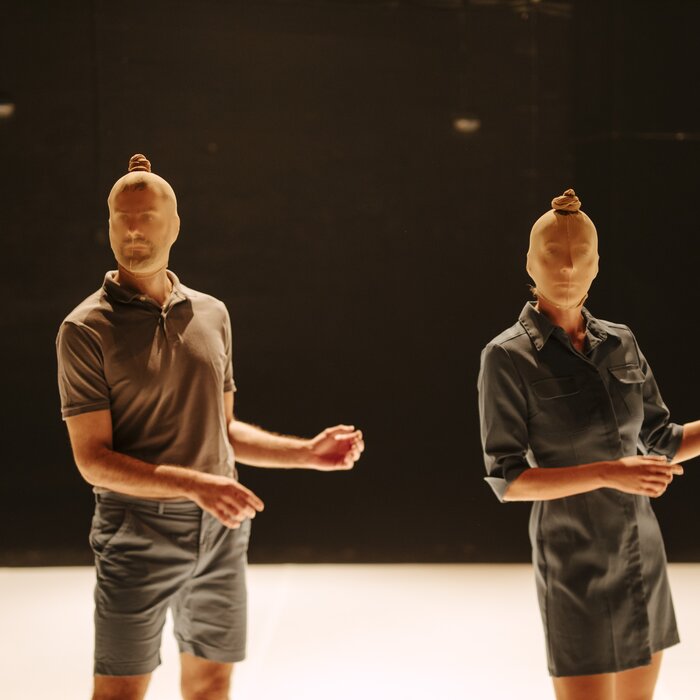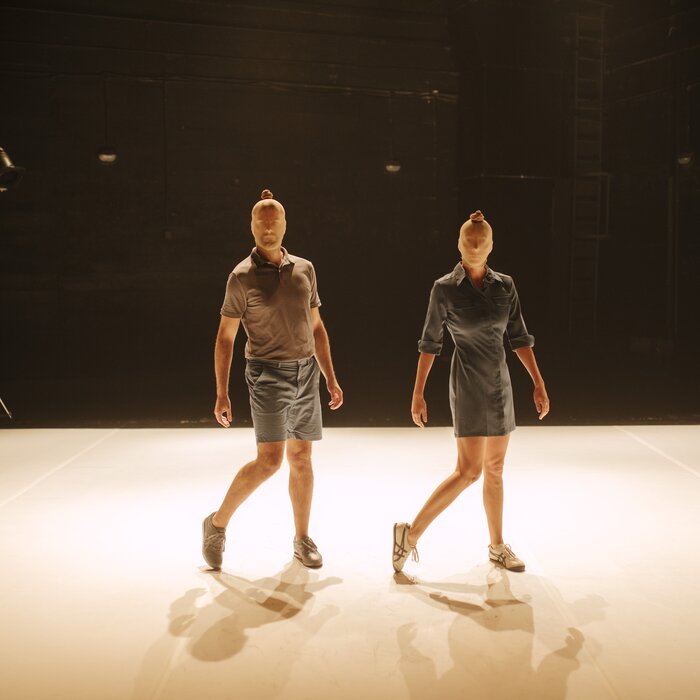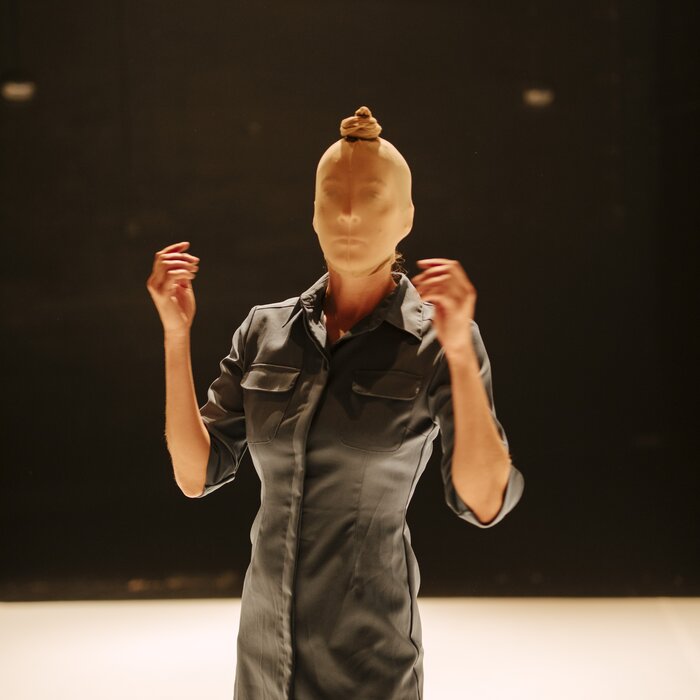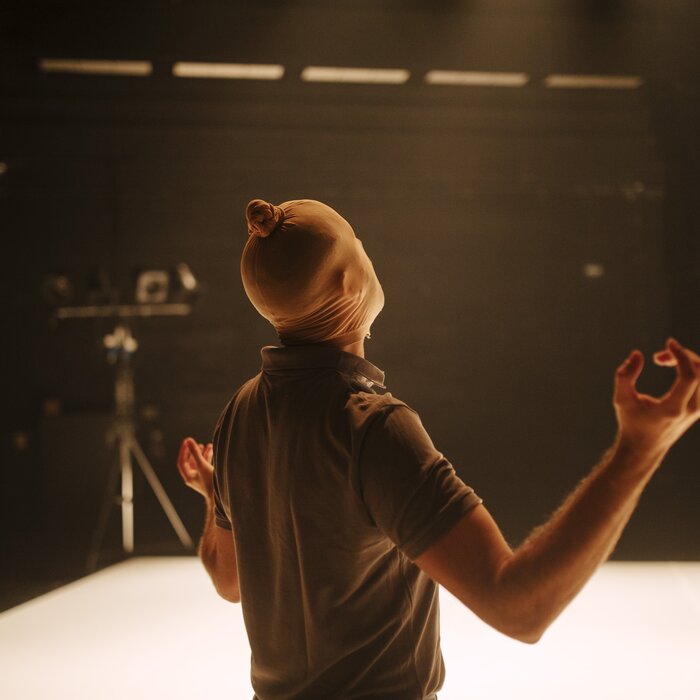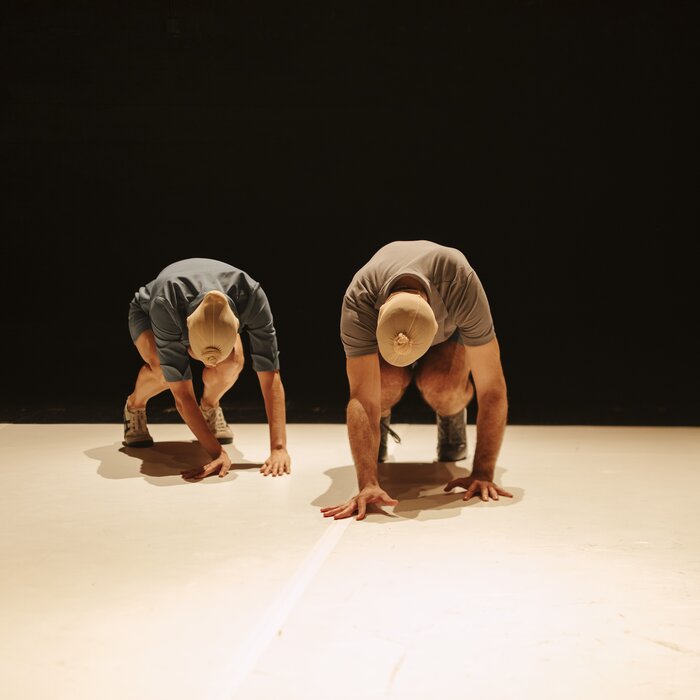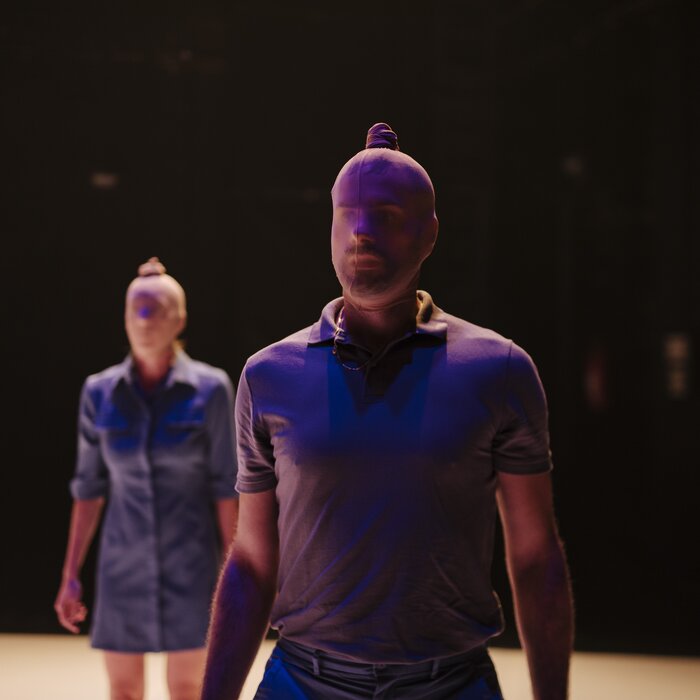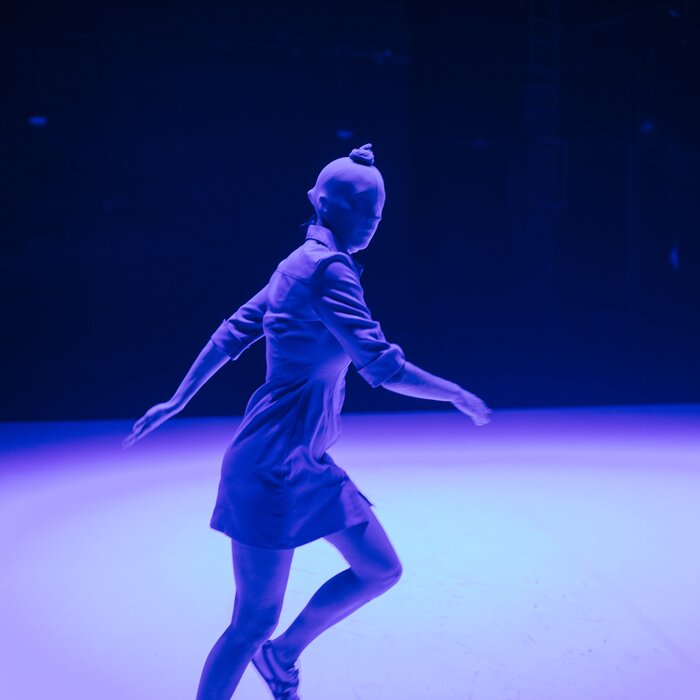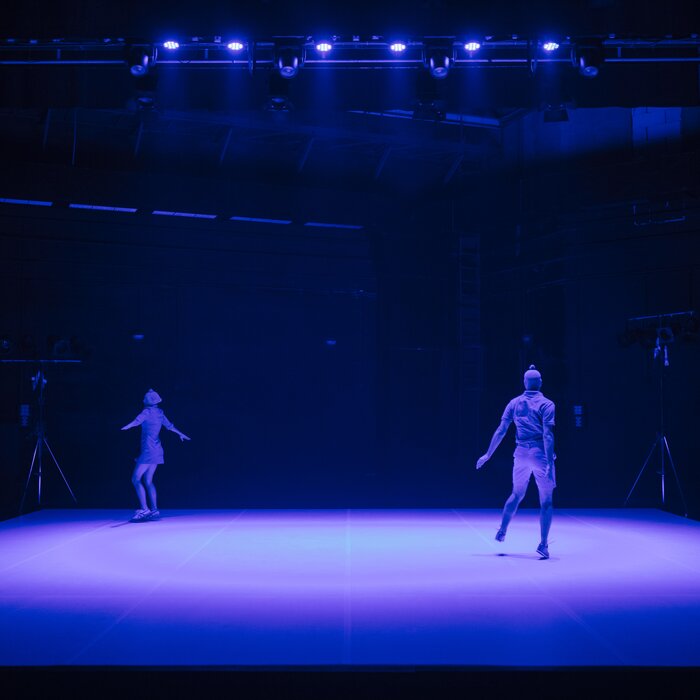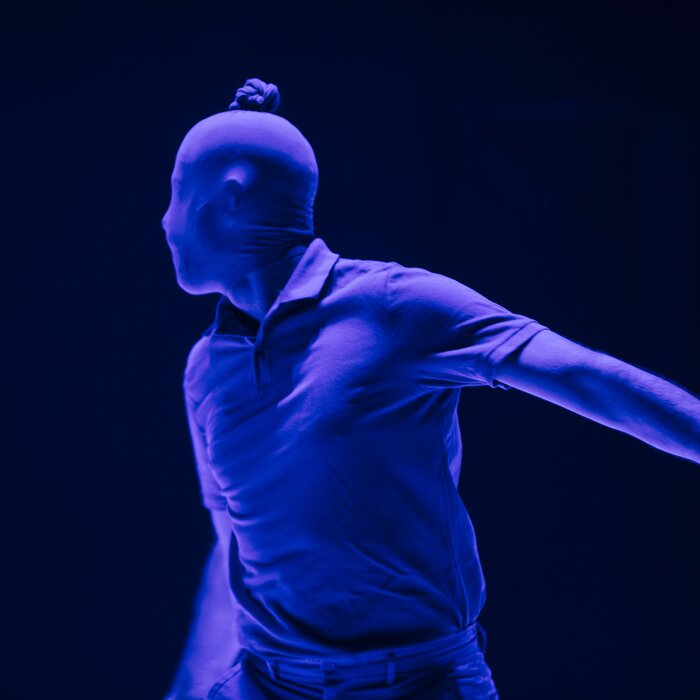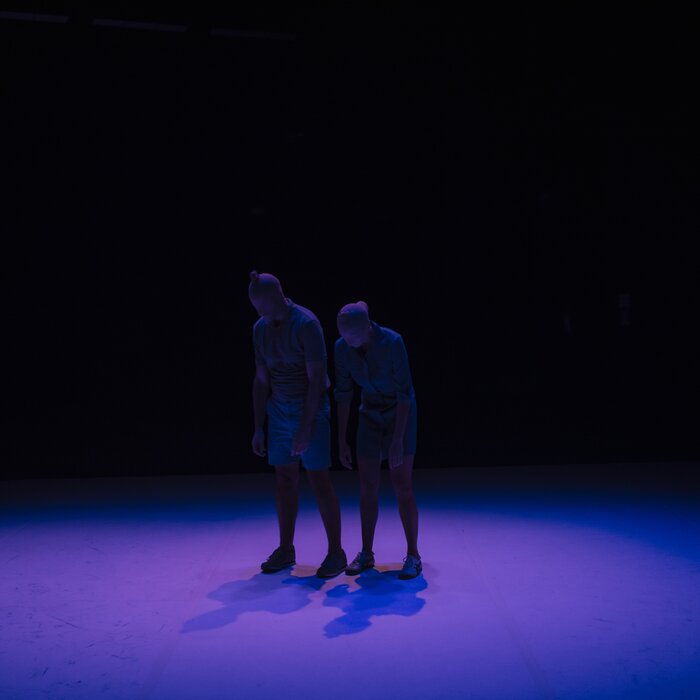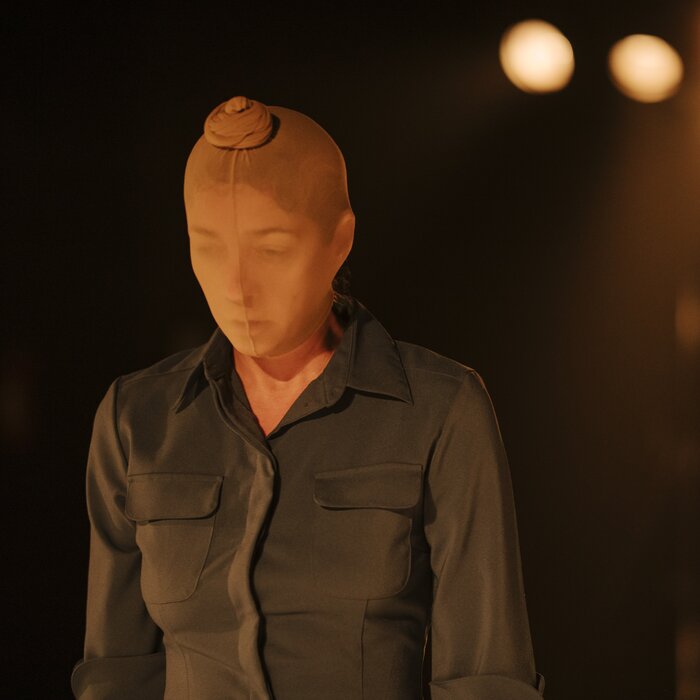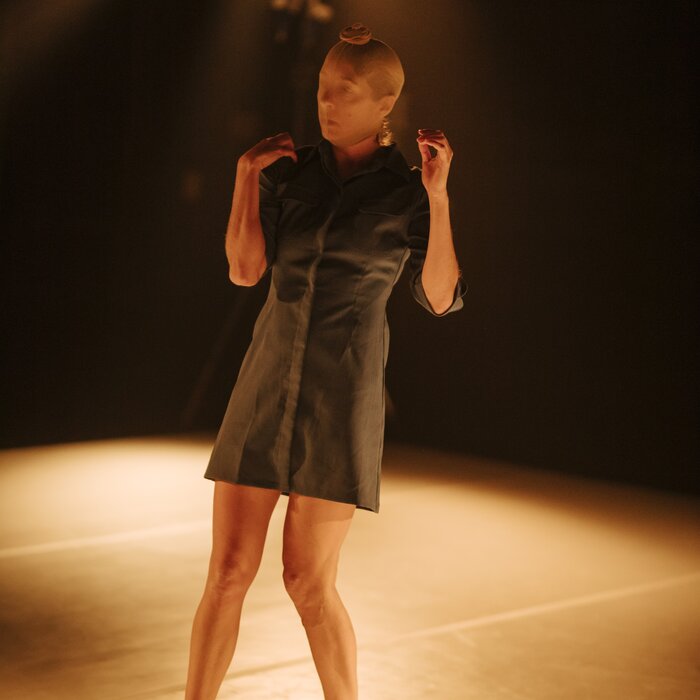Why not (?) searches for the embodiment and definition of today's (hopeless, isolated, scared, over-identified) body of the individual and the affective space of care between (at least) two people/entities, as a practice that can be further developed with the collective (audience). In such a framework, the authors specifically investigate the technique of unison, i.e. "sameness" as a performing means of dance and as a cultural-artistic practice that carries with it an important historical framework of application: from the multi-purpose aesthetic-poetic application in artistic works of different epochs in the history of dance development (in the 20th century) to a targeted ideological and technological tool for shaping the social body of various social orders (communism, fascism, capitalism, etc.). The goal of researching unison in the choreographic sense is to study the space for creating glitches through which differences on the affective, cognitive, physical level and time will be articulated, in the physical sense, to articulate multiple identity transformations as spaces of different social and physical powers and abilities, and thus also as a basis for political, engaged and critical association and co-existence today.
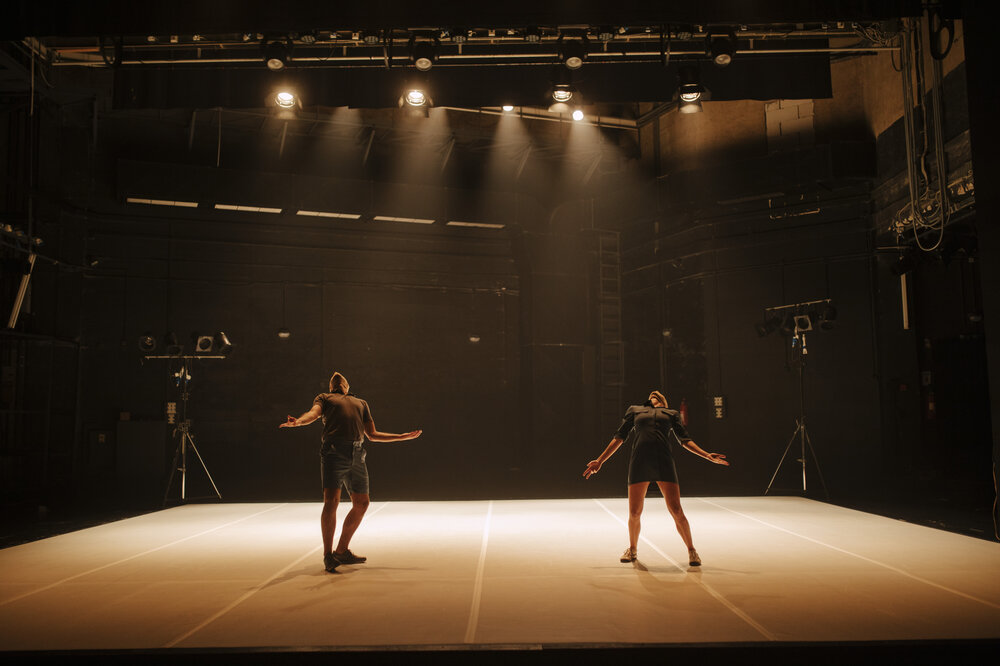
EN
Person(s) / Collective:
Igor Koruga
Title:Why not (?) / Zašto ne (?)
Date of Premiere: 2022
Production:
Kabinet Rijeka
Co-production:
Stanica servis za savremeni ples
Venue:
Croatian cultural center Rijeka / Hrvatski kulturni dom na Sušaku
co-creator:
Ivana Kalc
composer:
Luka Mejdžor
lighting designer:
Dalibor Fugošić
co-producer:
Hrvatski kulturni dom na Sušaku, Rijeka
co-producer:
Life Long Burning network
photographer:
Karlo Čargonja
Thank you:
Kamov residential program Rijeka
